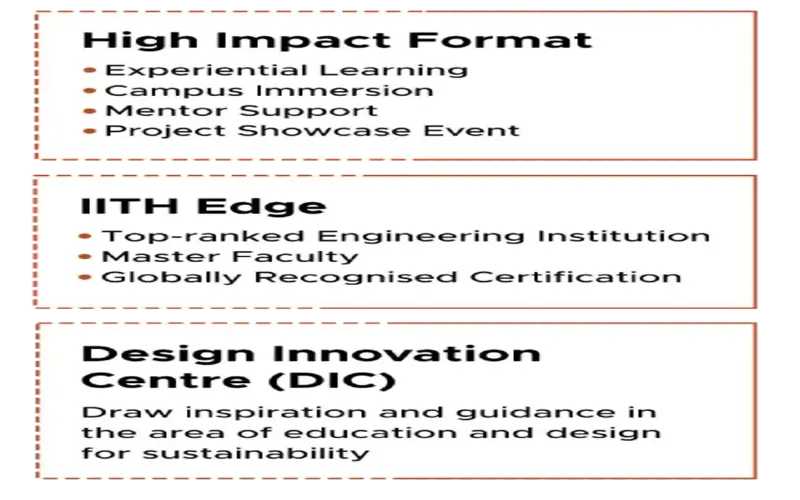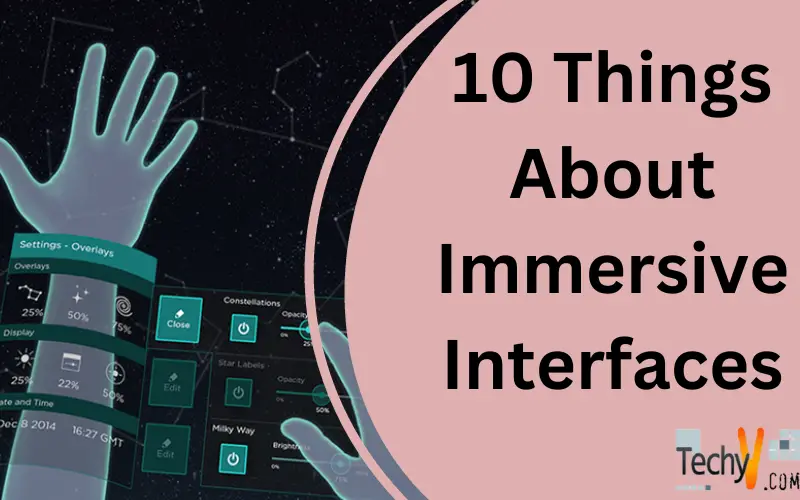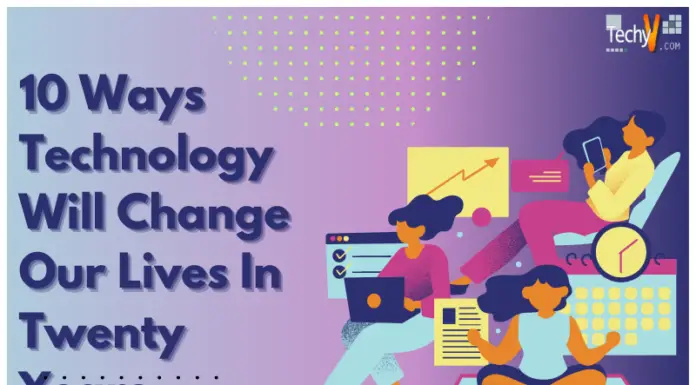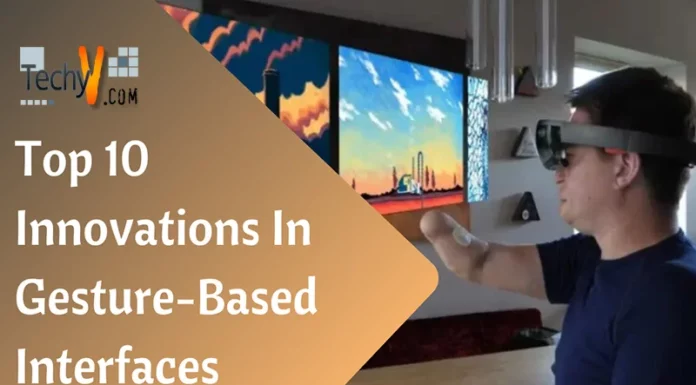What Are Immersive Interfaces?
An interface that incredibly includes consumers by bringing them into the world of the interface theoretically and intuitively, as in virtual reality, for example, by surroundings their visual senses (as with VR glasses), providing them stereo sound, and giving an input technique which is as generally and automatic as possible.
What Is Immersive Innovation?
Immersive innovation refers to new ways of producing, displaying, and interacting with applications, content, and experiences. Immersive innovation has transferred the digital experience by combining the virtual with users’ sight, sound, and even. Immersive innovation enables a person to feel part of an artificial, simulated environment. For example, immersive theatre needs the audience to be interconnected with the set, props, and actors. In contrast, an immersive air control panel may enable the operations to see and be interconnected with actual time-evaluating data.
1. Facilitators Of Immersive Happenings
Spatial immersion provides benefits through means of low lighting and partition from the outside world in the physical pattern of the museum. Empathic and social immersion are accelerated by exhibits that impulse visitors to be relevant to cultures from around the world and the past, along with the shared social connection of viewing them. Sequential immersion could come from the curated experience and the sense of examination around a vast museum space.

2. Benefits Of Collaboration Through Immersion
In comparison to a typical workstation, physically large exhibits such as the CAVE and CAVE2 can better support various users. However, such displays can often only generate prospectively accurate pictures for a single user. It may allow equally efficient collaboration, at least under some conditions. For example, it appears that a system that cloud traces and records the focus of a consumer’s attention and interaction with digital surroundings could produce many of the benefits of collaboration for consumers who are physically assigned but working in the same digital space.

3. Immersive Digital Environment
Immersive Virtual environments are different from other types of multimedia learning surroundings. But, if immersion is defined as the personal impression that one is performing in a comprehensive experience, immersive-ness is commonly defined only from a fundamental point of view (for example, the capacity to trace consumers’ movements, facial expressions, quality of appearance, merging of multi-sensory details, design of the digital world). It does not have a robust theoretical framework to narrate and predict immersive-ness from a consumer point of view.

4. Adaptive And Immersive Interface
The adaptive and immersive interface evolved using the Unity game engine and the stream VR add-on to be produced with an HTC Vive headstage device. This interface has two configurations: one for the outdoor and the other for the indoor scheme. The interface can identify some robots and their potential destinations during the tasks to help the operation use the sources and extend the map effectively. Its interface uses a research model with robots and organizes a map with the investigated and unknown areas.
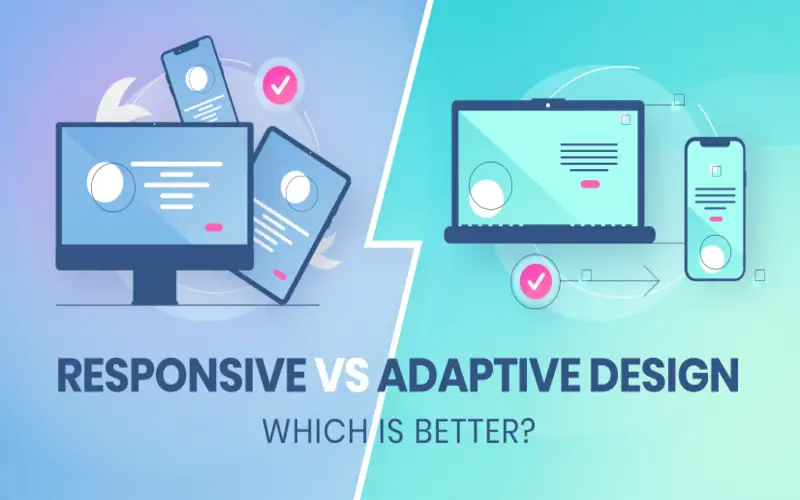
5. Interface Techniques And Practices Of Immersive Media
An interface refers to the boundary or contact surface for human-computer interaction. It involves both sides of data change, between input devices such as keyword and mouse and output devices such as the screen or loudspeaker. It is more critical than these hardware and software parts, the interface also mediates via the two unlike partners, for instance, by offering interaction techniques and metaphors based on cultural programs instead of digital code for representations, signs, icons, and images that pre-owned to communicate and interact between the screen. The theory of the interface has come to encompass the features that provide cognitive, emotional, and cultural aspects of the consumer as well.

6. Customer Engagement And Brand Marketing
Businesses are using immersive innovation to transfer the marketing experience for their users completely. XR in marketing is allowing brands to stand out and truly catch the attention of the modern user. Standard trade shows, marketing videos, and productive campaigns are great. It is completely immersing your user in a brand experience. AR, VR, and MR are unclosing so many abundant opportunities for marketers and software engineers that it’s hard not to get moved about the future of advertising.

7. Maximize Efficiency
Immersive innovation is also being used across companies to help enhance productivity and efficiency and make the workshop a safer place to be. For example, involve:
- Using VR for remote work meetings and cooperation.
- To maximize engagement in employee training and development.
- Maximize skill sets and job accuracy through digital practice.
- To improve decision-making between 3D visualization and administering to actual time information.
The practical benefits of implementing immersive innovation are illustrated by search. Companies using AR reported a 46 per cent decrease in work conclusion time and average creativity gains of 32 per cent. For companies that aim to offer safe and efficient world surroundings for their employees, it’s easy to see why immersive tech implementation is growing more famous.
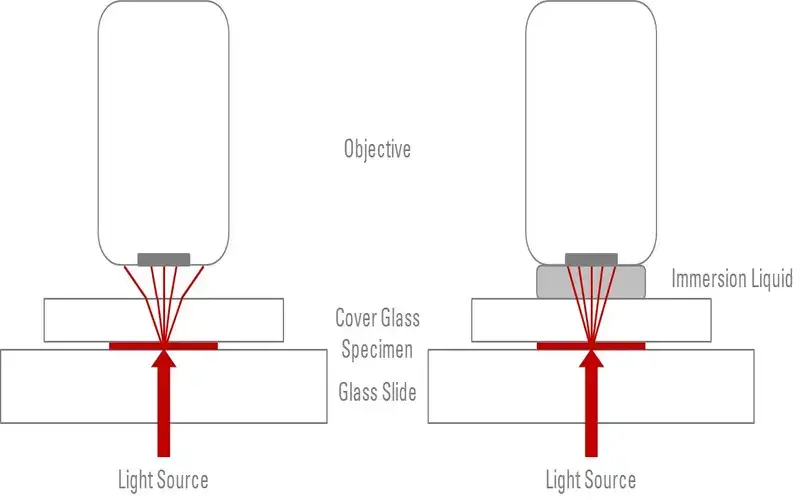
8. Immersive Consumer Interfaces
Immersive innovation has the potential to transfer entrainment, communication, and cooperation over distance, training for physical and analytical tasks, and how people imagine, understand, and make compromises based on an ever-growing landscape of complex data, despite quick advances over the past various years and no small number of media. There are several years and experimental problems yet to be defined before virtual and mixed reality can capture our passion and make good on these promises. The fundamental human-computer interaction demanded for immersive systems, the interface theory use of quick prototyping and practical merged with empirical studies of human interaction and spatial cognition.

9. Various Consumer Interface Is A Key Technology Area In Virtual And Augmented Reality
Interfaces are the latest computer systems that allow actual time interaction among consumers within a virtual environment. These interfaces generally comprise virtual reality (VR) headsets and several sensory input devices. Their primary objective is to deliver the most realistic and immersive experience, promoting seamless cooperation among consumers in a shared virtual space.
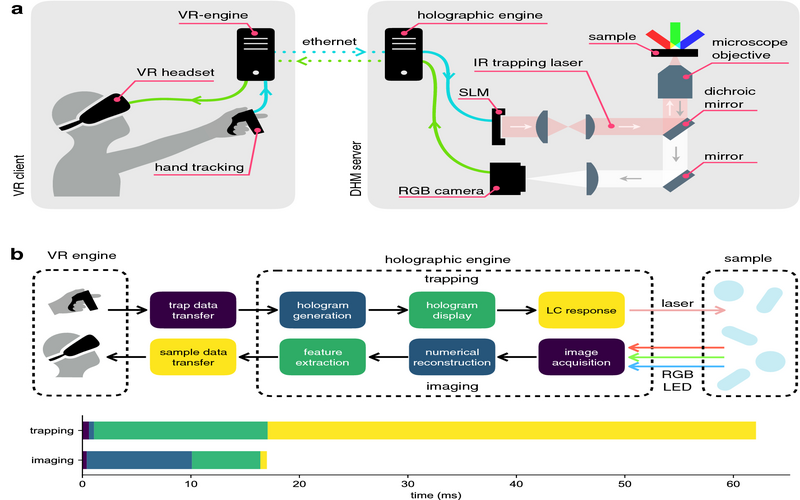
10. Impact Of Immersive Interface On Design
Augmented Reality (AR) is an immersive innovation becoming famous in e-commerce. This technology is transferring the standard way of product presentations in online stores. The online dealer is known if an AR-based presentation affects users distantly from common product presentations. We find the influence of immersive consumer interfaces on user perceptions.
